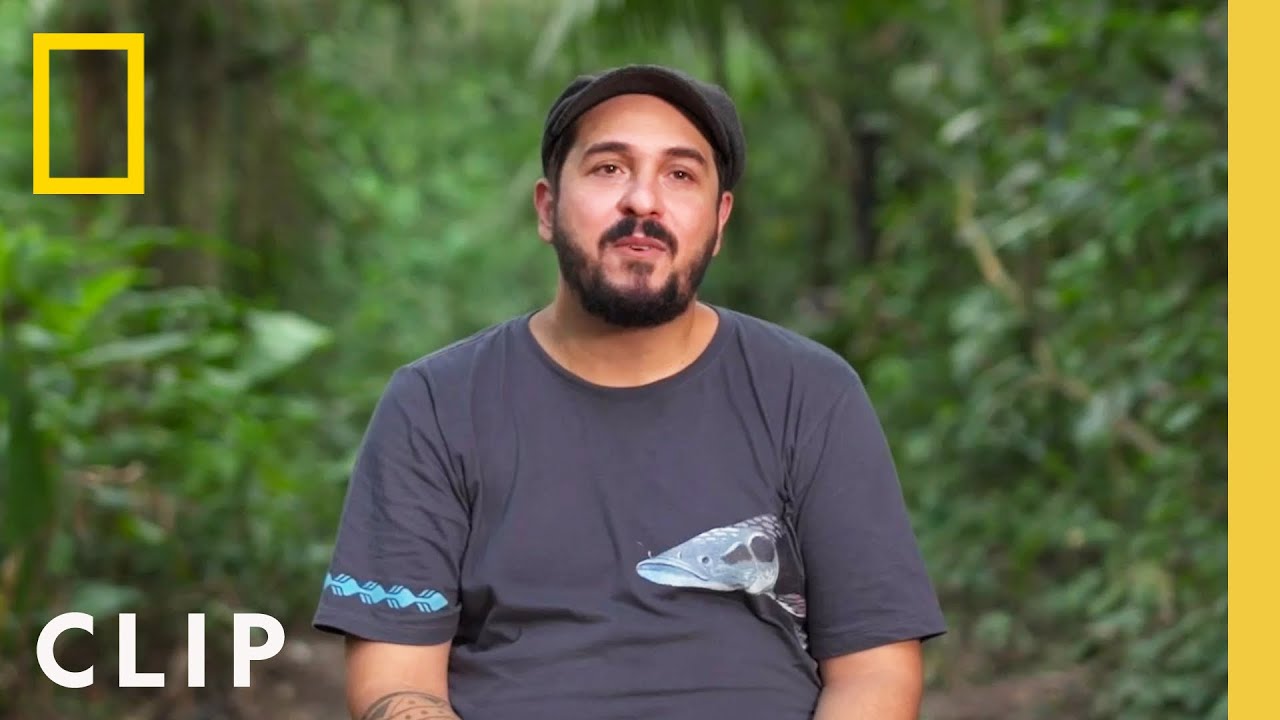– The significant role of the Amazon rainforest in global biodiversity and climate regulation
– Insights into the life and conservation work of João Campos-Silva with National Geographic
– The critical importance of protecting specific Amazonian species for ecosystem stability
– Community involvement in conservation efforts and its impact on sustainability
– The role of technology and research in modern wildlife conservation strategies
The Amazon rainforest, often referred to as the lungs of our planet, plays a pivotal role in regulating the earth’s climate and houses an incomparable diversity of life. This vast expanse, stretching over nine countries, is a sanctuary for millions of species, many of which remain undocumented and hold the keys to untapped scientific discoveries. Within this complex ecosystem, the conservation work spearheaded by experts like João Campos-Silva with National Geographic is crucial. Their efforts focus on preserving the natural habitat and ensuring the survival of the Amazon’s diverse fauna, which is constantly threatened by deforestation, illegal mining, and overfishing.
João Campos-Silva’s contribution to protecting the Amazon’s wildlife is monumental. His work primarily involves establishing protected areas, executing sustainable fishing practices, and leading research that informs policy changes at national and international levels. Campos-Silva and his team’s dedication to conservation help maintain the ecological balance necessary for the Amazon rainforest to perform its global duties, such as carbon storage and oxygen production.
The importance of protecting specific species, such as the arapaima, the giant otter, and various species of river turtles, cannot be overstated. These species play key roles in maintaining the delicate balance of the Amazon’s aquatic and terrestrial ecosystems. For instance, the arapaima, one of the world’s largest freshwater fishes, regulates fish populations and aquatic vegetation. Its conservation is essential for sustaining local fisheries that many communities depend on for their livelihood. Through targeted protection efforts, Campos-Silva and colleagues ensure these keystone species continue to thrive, which, in turn, supports the overall health of the rainforest.
Engagement with local communities is a cornerstone of effective conservation strategies in the Amazon. Campos-Silva’s work exemplifies how empowering indigenous and local populations can foster a collaborative environment conducive to sustainable practices. By involving these communities in conservation efforts, they become active participants and beneficiaries in protecting their environment. This approach not only aids in the preservation of the rainforest but also contributes to improving the quality of life for its inhabitants through education and the development of sustainable income sources.
Modern wildlife conservation strategies increasingly rely on technological advancements and research. Remote sensing, bioacoustic monitoring, and genetic analysis are just a few tools scientists like Campos-Silva employ to gather data for formulating effective conservation policies. This marriage of technology and traditional conservation methods enhances the ability to monitor vast, inaccessible areas, track species populations, and assess ecosystems’ health with a previously unattainable precision.
Looking at the collective work of conservationists in the Amazon, it is clear that protecting this global treasure demands a multifaceted approach. João Campos-Silva’s engagement with National Geographic underscores the monumental task and highlights the progress that can be achieved through dedication, collaboration, and innovation. The survival of the Amazon and its wildlife is critical for Brazil and the well-being of our entire planet.
Campos-Silva’s endeavors in the Amazon reflect a broader commitment to safeguarding our world’s natural heritage. Drawing attention to the intricate dependencies within ecosystems, his work promotes a deeper understanding of each species’ significance and the urgent need for collective action in conservation efforts. Through research, community involvement, and the embrace of new technologies, preserving the Amazon rainforest remains a beacon of hope for global environmental stability and sustainability.
*****
Source Description
National Geographic Explorer João Campos-Silva is a biologist and conservationist. He collaborates with local communities and sees himself as a scientific supplement to traditional conservation. If he is to drive home one message about protecting the Amazon, its inhabitants, and even the global ecosystem, it’s that collective action, led by local organizations, works.
Campos-Silva is participating in the National Geographic Society Perpetual Planet Amazon Expedition — a two-year series of scientific studies spanning the entire Amazon River Basin, supported by Rolex as part of its Perpetual Planet initiative.
Learn more about the expedition: https://natgeo.com/perpetualplanet
Learn more about Campos-Silva’s work: https://www.nationalgeographic.com/im…
➡ Subscribe: http://bit.ly/NatGeoSubscribe
#NationalGeographic #ConservationwithJoãoCamposSilva
About National Geographic:
National Geographic is the world’s premium science, exploration, and adventure destination. Through their world-class scientists, photographers, journalists, and filmmakers, Nat Geo gets you closer to the stories that matter and past the edge of what’s possible.
Get More National Geographic:
Official Site: http://bit.ly/NatGeoOfficialSite
Facebook: http://bit.ly/FBNatGeo
Twitter: http://bit.ly/NatGeoTwitter
Instagram: http://bit.ly/NatGeoInsta
TikTok: http://www.tiktok.com/@natgeo
Tenor: http://on.natgeo.com/31b3Koc
Saving the Animals of the Amazon | Conservation with João Campos-Silva | National Geographic
National Geographic
https://www.youtube.com/natgeo


